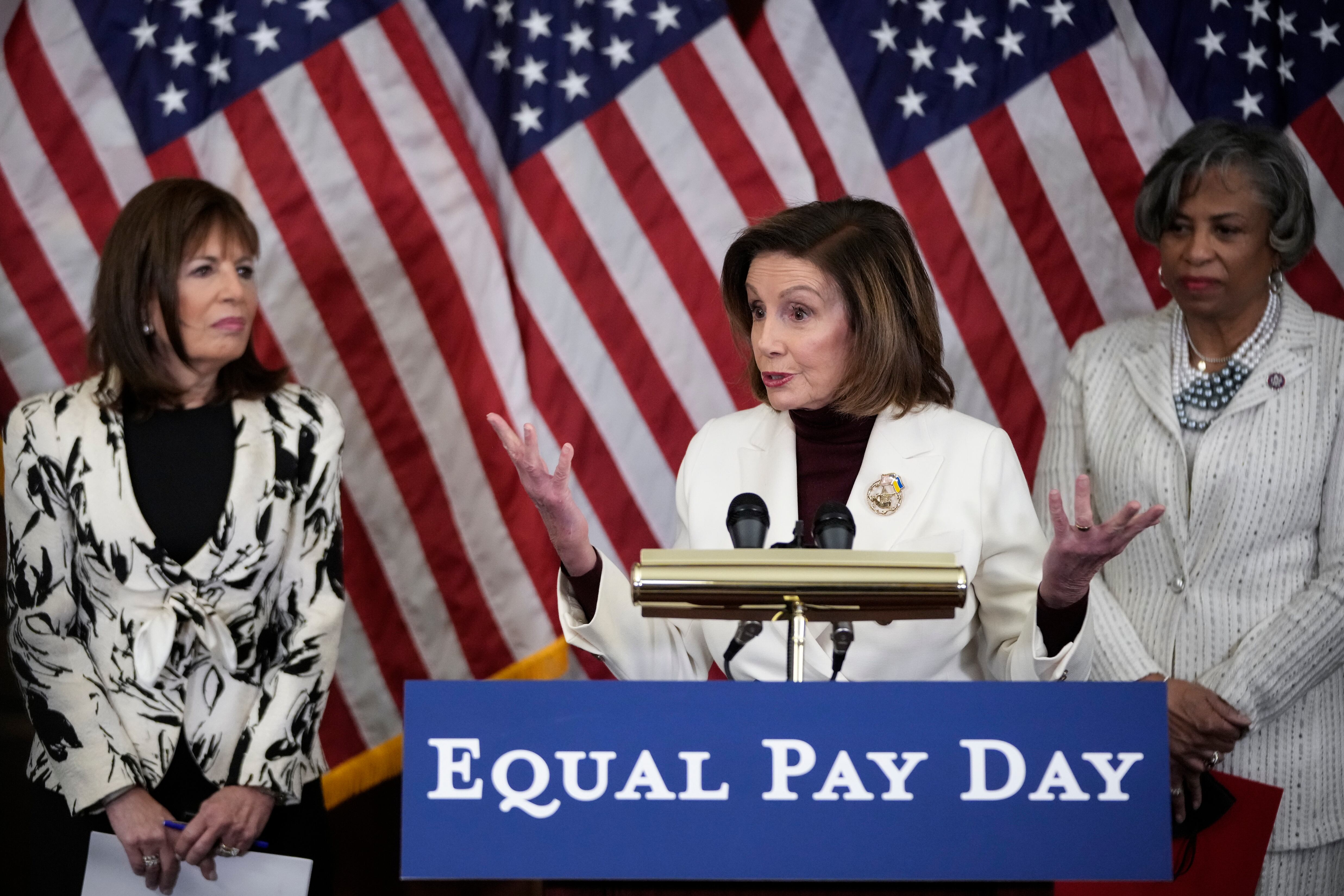The White House Office of Personnel Management proposed regulations Wednesday that would ban federal agencies from considering a job candidate’s salary history, a move that it hopes will reduce pay gaps between employees.
The idea is that salary history questions can carry over gaps from where they exist in the private sector. Research suggests there’s a perception by recruiters that candidates who disclose higher salaries are better quality and thus receive higher salary offers in return. Critics of such questions also say salaries are biased to begin with and don’t represent the whole quality of a candidate.
“Relying on a candidate’s previous salary history can disproportionally impact women and members of other underserved communities,” OPM Director Kiran Ahuja said in a statement.
To help mitigate these gaps, OPM submitted draft regulation that would bar agencies from considering a candidate’s salary history when setting pay if it becomes known to them or if it’s volunteered. Instead, agencies would be required by the rule to set pay based on how similar work is compensated or how similarly qualified individuals are being paid.
The current gender pay gap is roughly 6% between men and women, which is smaller than in the private sector and has been decreasing since 1992.
In November, OPM said it was working on these regulations while employees at the Justice Department urged the agency to make the same move. The rules, if implemented, would apply to employees paid by the General Schedule, prevailing rate, Appeals Judge system and Administrative Law Judge pay plan.
RELATED

Roughly 80 agencies employ workers under these systems for a combined 1.4 million employees, according to 2021 data.
The regulations would not apply to the Senior Executive Service or to Senior-Level and Scientific or Professional positions, where the gender pay gaps are historically very small.
Focus on the individual, not the pay
The change would bring the federal government up to par with 21 states that have either banned or limited the use of salary history in the hiring process. The proposed regulation makes the argument that the federal government is led first and foremost by merit system principles, which prescribe equal, transparent pay and fair treatment for all employees and job candidates.
The same rules also say that pay should be determined “with appropriate consideration of both national and local rates paid by employers in the private sector.” Against a global shortage of talent, OPM and federal agencies have a challenge squaring what’s available in the private sector with what agencies can do within their budgets and statutory guidelines.
Deemphasizing salary history is one step it can take, however, according to officials.
OPM has been reviewing the question of salary history since 2021, when President Biden issued an executive order directing the agency to address pay inequities.
Part of that work involved analyzing what the current state of the pay gap is at the federal level. OPM found that women are paid 94 cents for each dollar paid to a man.
RELATED

That gap widens when comparing different ethnic groups: there is a 15% gap between Black women and white men, an 18% gap between native men and white men, and a 27% gap between native or Alaskan women and white men. Even within each demographic demographics, gender pay gaps exist, according to OPM’s findings.
Some of these discrepancies can be at least partially explained. For one, more women than men are at lower GS levels, which inherently pay less. Men also tend to occupy the kinds of jobs that pay the most, the data shows.
Broader research examining the national workforce showed similar trends, suggesting that the largest pay gaps show for occupations that are competitive or dangerous, reward long work days or have a larger proportion of women employees.
Where’s the exception?
The regulations would allow agencies to considering salary when there’s a competing job offer on the table.
Even then, the regulation would require an agency to consider at least one other factor.
OPM also says agencies can use other tools to set pay in the absence of salary history, like using an employee’s “highest previous rate” in government in the case of a re-hire, promotion or demotion.
Agencies also retain the power to use pay flexibilities more broadly to set salaries above minimums in order to recruit hard-to-get candidates in specialty occupations with technical or professional expertise. However, the regulation noted those authorities are used more often for men than women.
Molly Weisner is a staff reporter for Federal Times where she covers labor, policy and contracting pertaining to the government workforce. She made previous stops at USA Today and McClatchy as a digital producer, and worked at The New York Times as a copy editor. Molly majored in journalism at the University of North Carolina at Chapel Hill.





